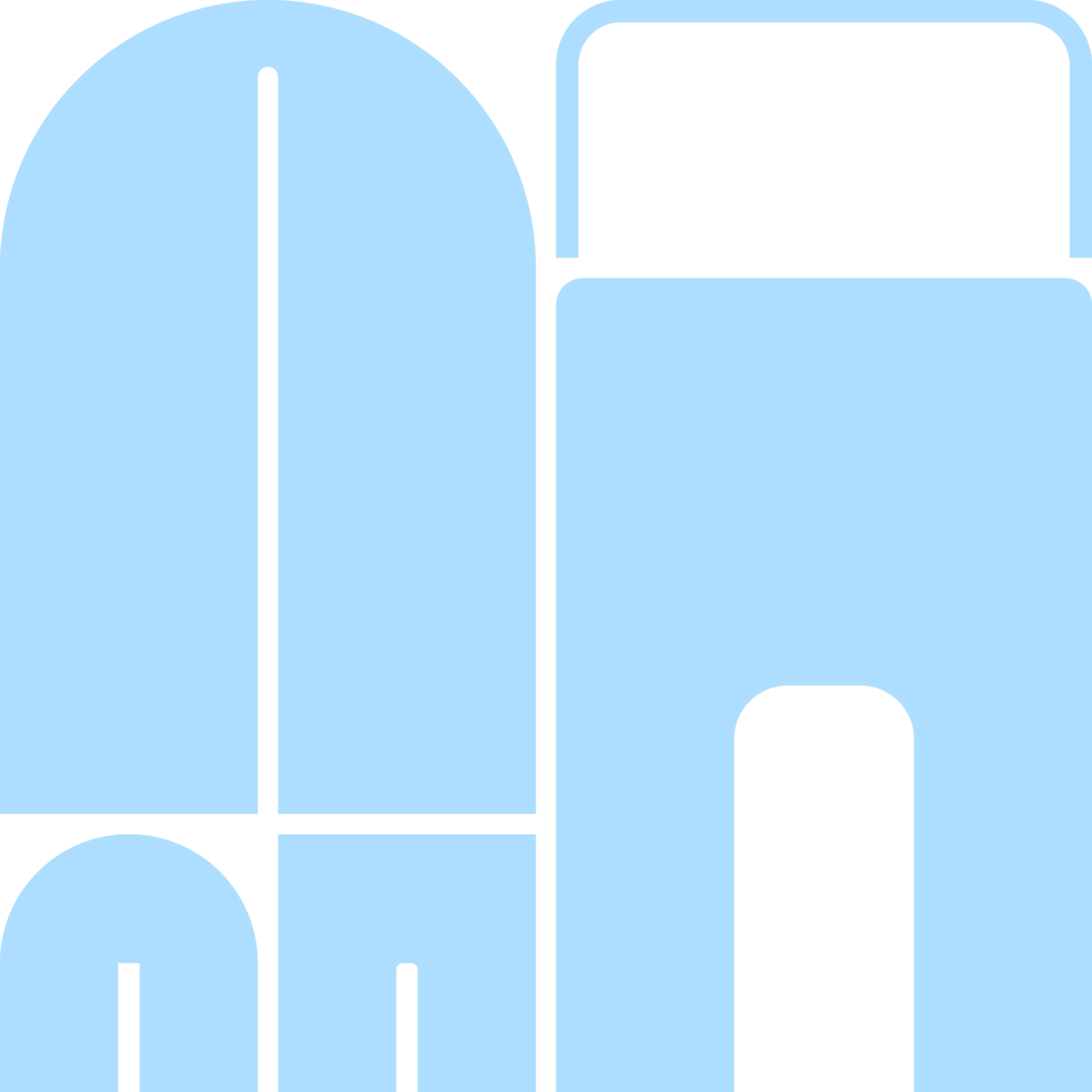Product Development Playbook
Curious how we build great products at Vend? This is our playbook. It shows how we turn big ideas into real value, for our users, for the business and each other.
Think big, start real
Big goals start with small, smart steps. Progress beats perfection.
How to nail it 🌟
Describe ambitious ideas as opportunities. Be clear on what we are solving and what it costs.
Break work into fast, testable experiments.
Ship early to learn. Avoid waiting for perfect releases.
When planning, ask: "What is the fastest thing we can deliver now with minimum effort and maximum value or insight?"
Use early feedback to adjust direction while staying anchored to the strategy.
Pitfalls to avoid ☠️
Getting stuck in endless planning instead of putting something real in front of users.
Thinking "big" means going far beyond your role or mandate. If your time horizon is unclear, take ownership of clarifying it. Talk to your peers, leaders, or team.
If starting real is slow, revisit how you slice stories or frame experiments. Use tools like AI to speed up where it makes sense.

Deliver with a clear why, always
We do not just ship solutions. We solve meaningful problems. When we lack problem clarity, we risk shallow solutions, rework, and wasted effort. When we understand the why, we make smarter calls and deliver work that matters.
How to nail it 🌟
Ask the outcome. Do not take handed-down solutions at face value.
Link the work. Connect your solution to a meaningful purpose: strategic, user, or operational.
Turn unclear requests into shared understanding. Use questions to shape the problem together with your stakeholders.
Lead by making the problem statement visible to your team.
Pitfalls to avoid ☠️
Skipping the why to move fast. We do not shortcut understanding to go fast; we go fast when we understand.
Doing full-blown discovery for low-stakes problems. Get good at matching your approach to the size of the problem.
Mistaken clarity for consensus. Understanding the why doesn’t mean you always agree with the decision. Sometimes alignment means disagreeing and committing.
Prioritise what matters most
We can do anything, but we cannot do everything. Focus on what creates the most value.
How to nail it 🌟
Prioritise openly and visibly. Make tough trade-offs clear at every level.
Weigh all types of initiatives, whether they come from product, tech, sales, or compliance.
Say no with purpose and explain why.
Use new learnings and insights to adjust priorities without waiting for the next OKR cycle.
Prioritise across all types of work: maintenance, tech debt, and new value creation
Pitfalls to avoid ☠️
Trying to solve everything at once instead of focusing on high-impact problems
Communicating priorities without explaining what was left out and why.
Treating prioritisation as one role's sole responsibility. In most teams, the PM is accountable for prioritisation, but this only works with leadership support, access to the right context and data, and aligned team rituals.
Build for users and the business
A great product is valuable to users, viable for the business, usable in real-world contexts, and feasible to deliver. We need all four. A product that's loved but doesn't pay off can't last. And one that earns money but doesn't work for users won't survive.
How to nail it 🌟
Build business awareness. Make sure that commercial impact is part of everyday product thinking, including indirect revenue and cost.
Validate both sides of value. Test usability and business viability early.
Involve Sales, Marketing, and Finance early. But do not rely on them to define impact. Product teams are expected to build their own commercial perspective.
Focus on outcomes. Don't just describe the feature. Explain what it solves and why it matters.
Pitfalls to avoid ☠️
Listening to users without weighing business impact. Make commercial viability part of every product decision.
Focusing only on short-term gain over long-term usefulness.
Own the whole product
A product is anything your team is accountable for improving and maintaining over time — whether it's user-facing, internal, platform-based, or part of a shared system. If it solves a problem and others depend on it, it's a product. Owning the product means taking responsibility for the full lifecycle, from first launch to every iteration, migration, integration, and retirement. That includes caring about compliance, data flows, internal dependencies, and how your work affects other teams.
How to nail it 🌟
Own the essentials. Tech debt, migrations, sunset planning, and readiness are core responsibilities, not extras.
Own your product's footprint. That includes data, compliance, availability, and internal dependencies.
Think beyond your team. Consider how your work affects other teams, shared systems, and future iterations.
Track product health continuously. Look beyond velocity. Monitor performance, risk, and product maturity.
Pitfalls to avoid ☠️
Optimising for team delivery at the cost of broader product outcomes.
Over-engineering or over-optimising without clear value. Own your product by knowing what’s good enough, not just what’s possible.
Waiting for perfect clarity on what the product is. If it is unclear, work with your teams and leaders to define it together.
Create value together
Great products aren't built in functional silos. When the right skills and perspectives come together at the right time, success becomes more likely. Purposeful, timely cross-functional collaboration helps us use our collective talent to create real value without slowing momentum.
How to nail it 🌟
Involve the right roles early: during discovery, not after decisions are made.
Align on outcomes. Define success together and clarify how each function contributes.
Swarm when it matters. Form cross-functional groups to solve urgent or high-impact problems.
Communicate openly. Use shared tools and async updates, not just handovers.
Reflect together. After major milestones, run joint retros to capture what worked and what didn't.
Pitfalls to avoid ☠️
Treating collaboration as a blocker to speed. Progress comes from involving the right people at the right moments.
Assuming cross-functionality happens by default. It must be designed with shared planning, shared success metrics, and timely involvement.
Rethink, reframe, reimagine
We do not just improve. We challenge assumptions to find better ways forward. This is how we unlock simplified and effective solutions. Not by reinventing everything, but by deliberately questioning what no longer works.
How to nail it 🌟
Use reframing prompts. Ask "What's another way to look at this?".
Apply this principle on purpose when stakes are high or systems feel stuck.
Test bold ideas in low-risk ways. Use prototypes, simulations, or limited experiments.
Challenge legacy defaults. Question outdated tools, workflows, or habits.
Make space to rethink. Create recurring time to step back and explore alternatives.
Pitfalls to avoid ☠️
Treating this as a free-for-all. We do not throw everything in the air all the time. We choose what to reimagine and when.
Prioritising reinvention over focus. Innovation only matters when paired with clear priorities and good product practice.
Applying this principle too early. It only works if teams are already strong at prioritisation, collaboration, and outcome thinking.

How do these principles apply to you?

For leaders
As a leader at Vend, you're expected to follow and champion these principles.
They only stick if leaders live them day to day.
These principles complement the guidance we already have like the Vend Values, Leadership Framework and Product, Tech and UX strategies.
Some focus on team behaviours. Others guide how we lead. Both matter.
For teams
Product development is a team sport and getting good at it takes time.
These principles give your team a shared foundation for how to work, make decisions and improve together.
If you're a new team, use them as your starting point.
As you grow, your ways of working will grow too.
When you develop practices that work well, share them back so others can benefit.